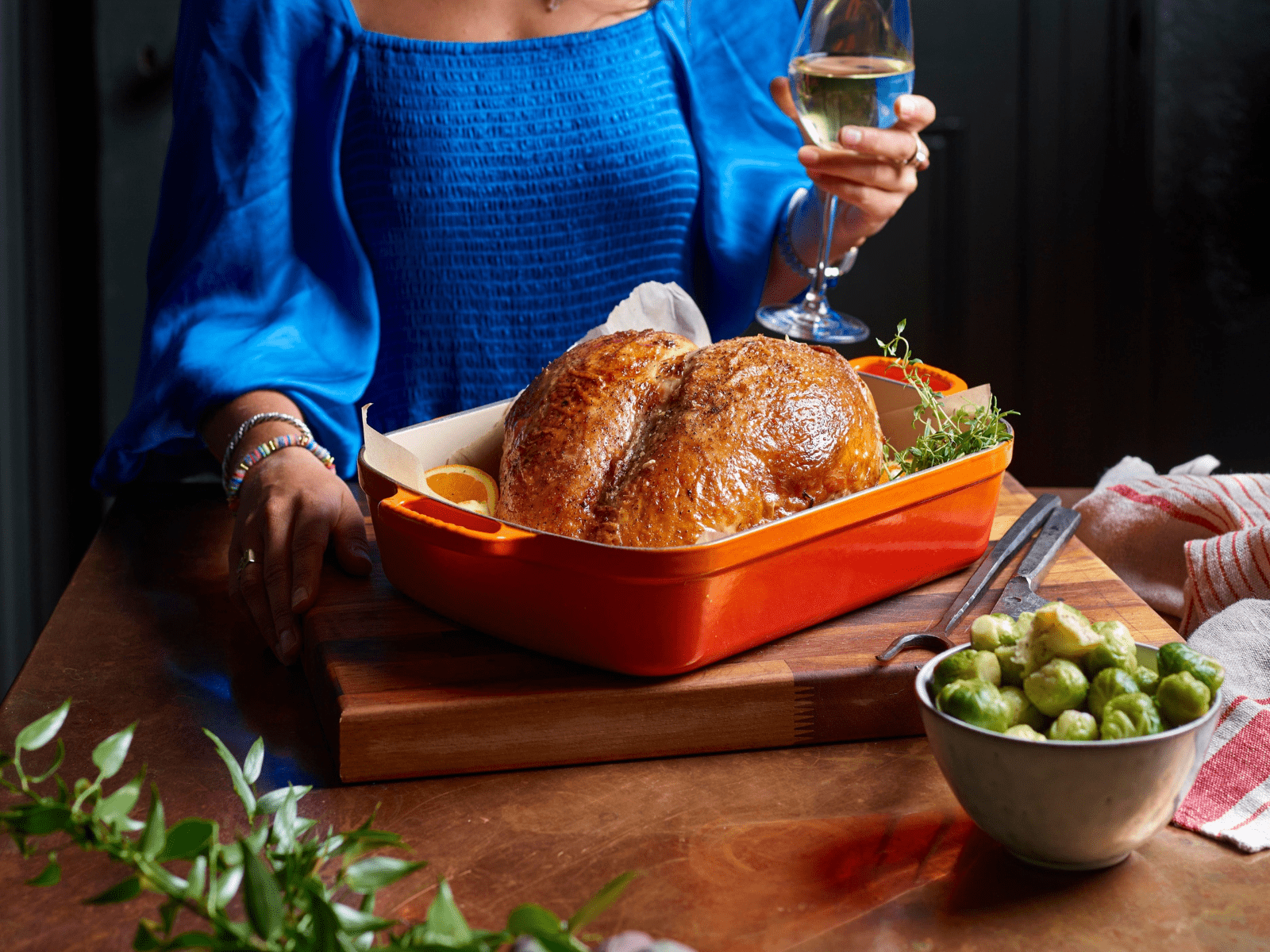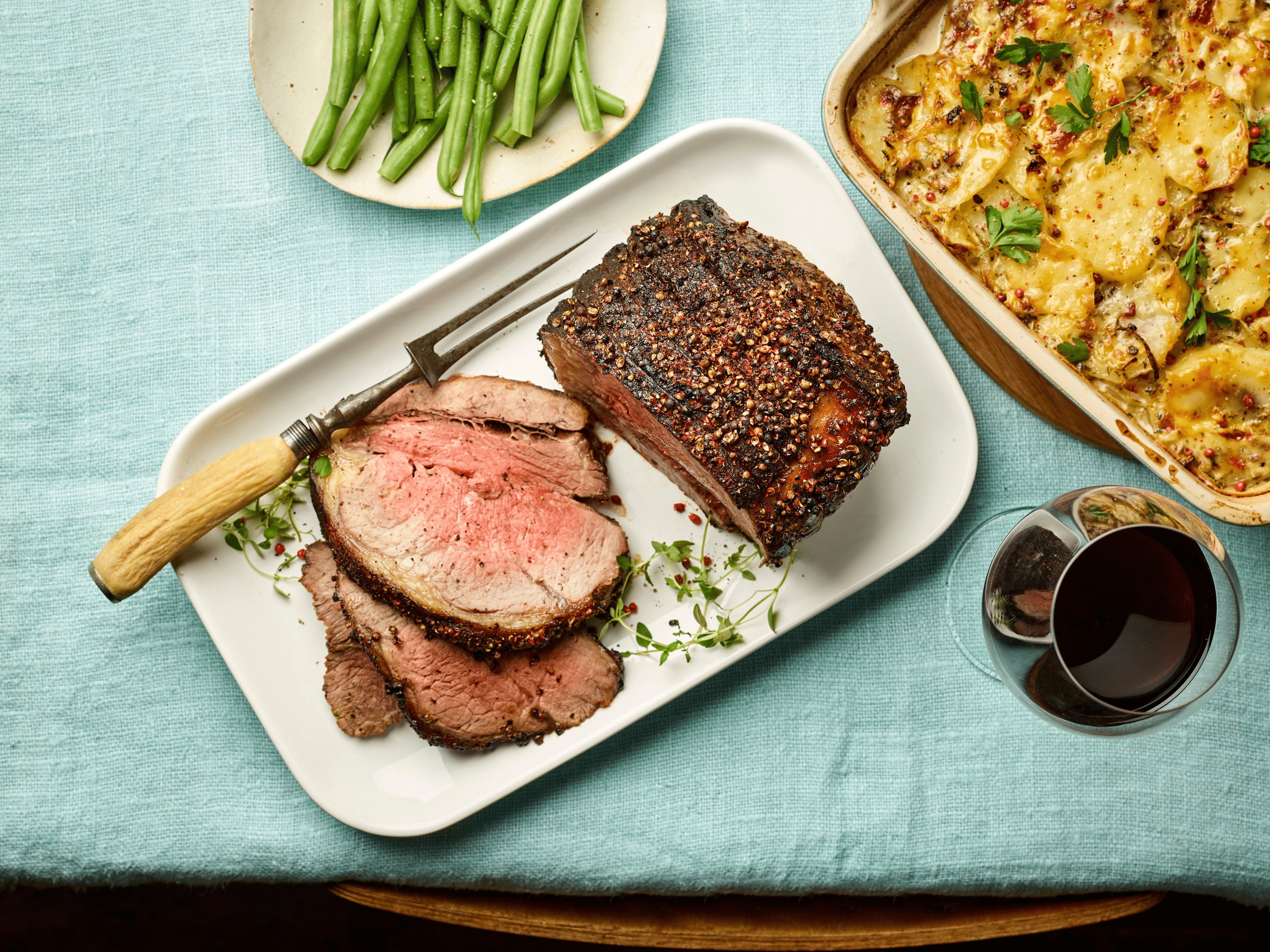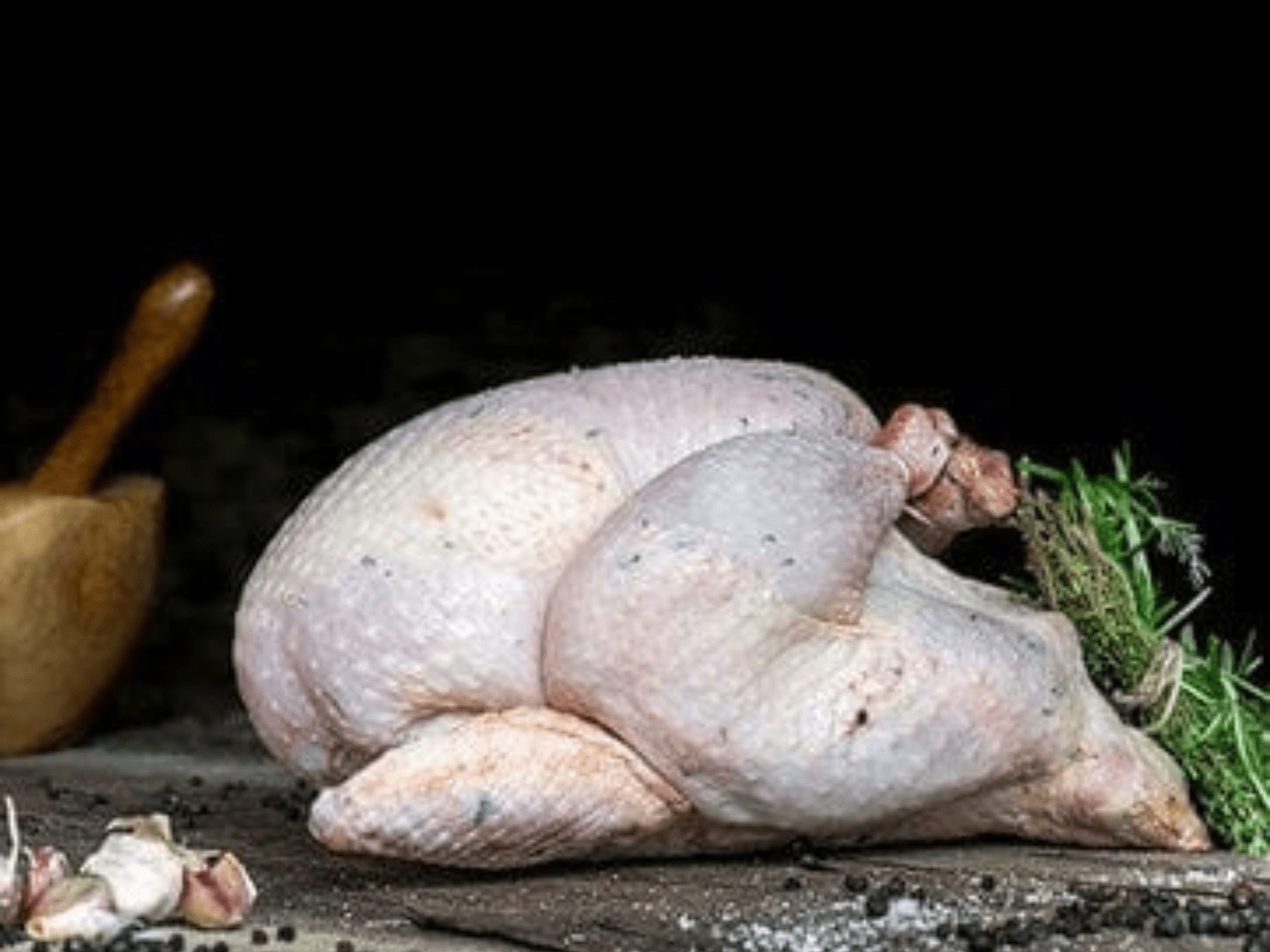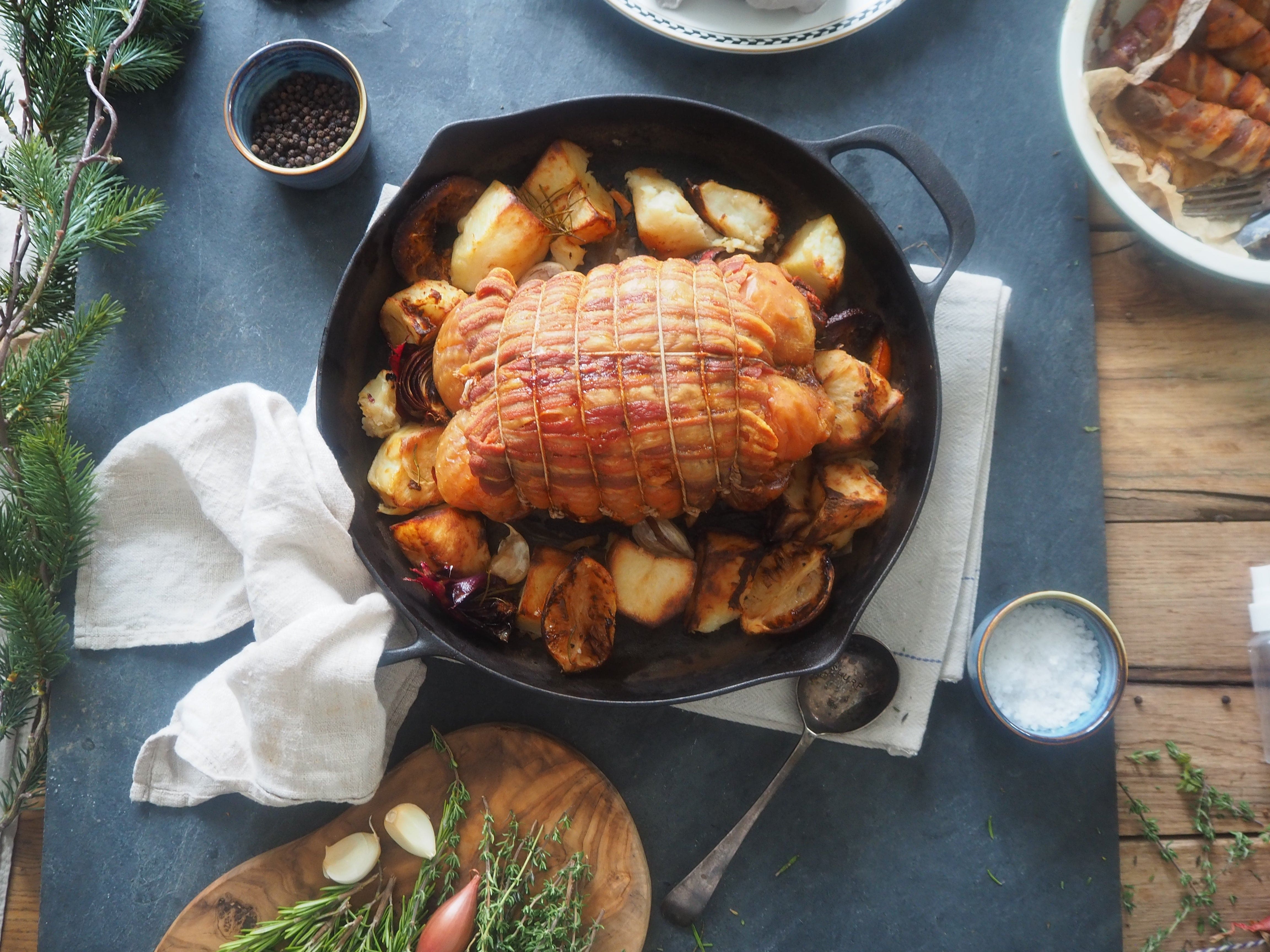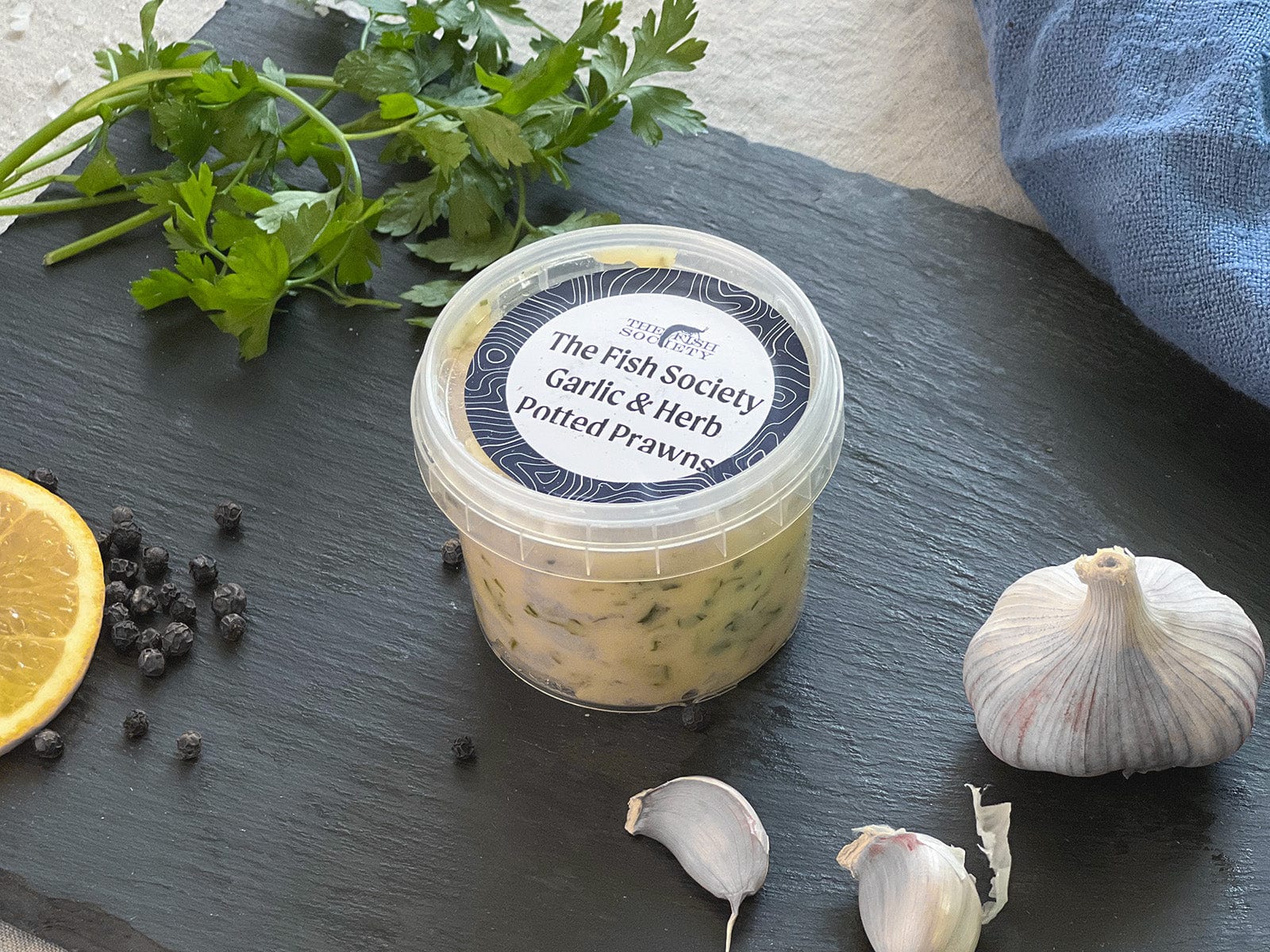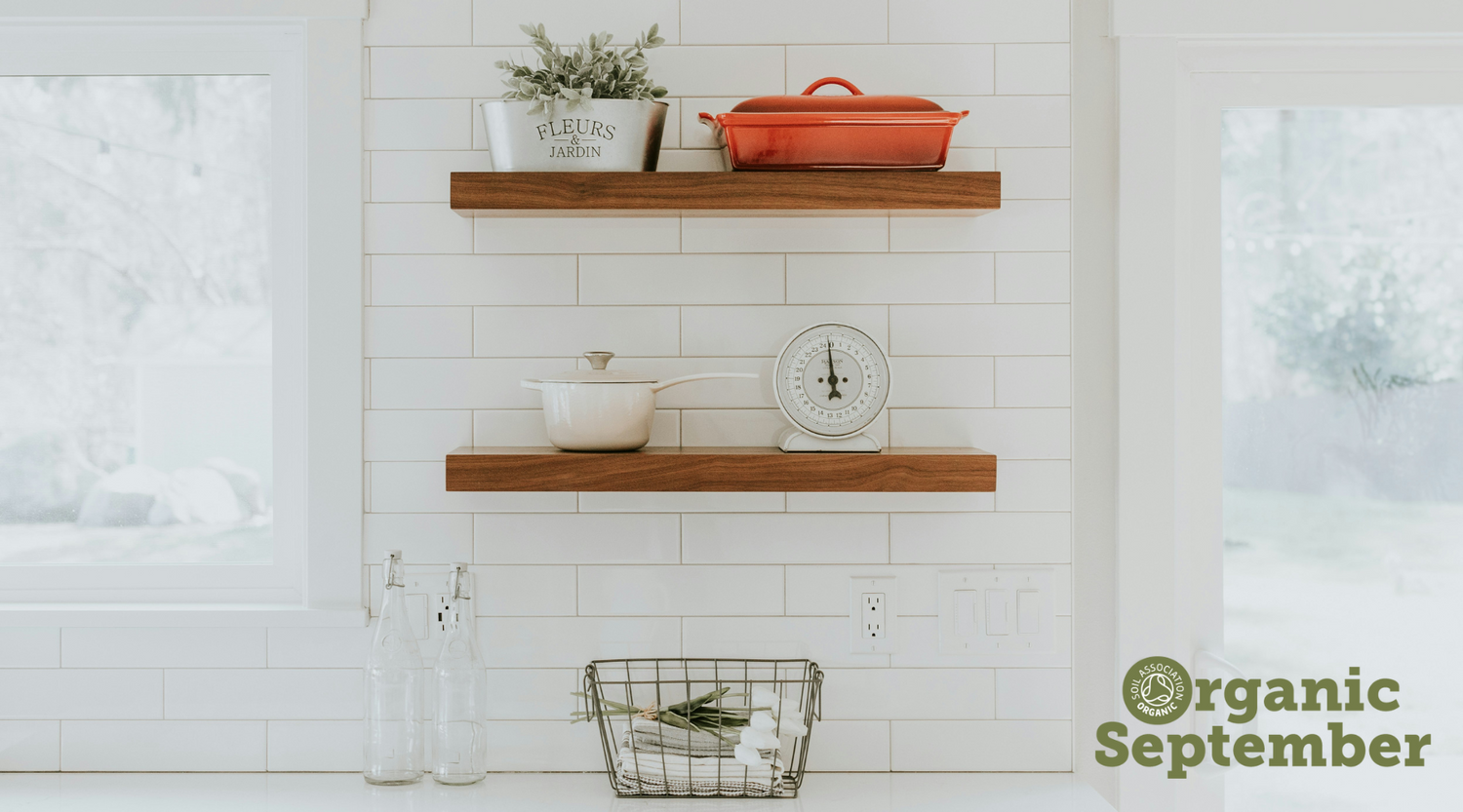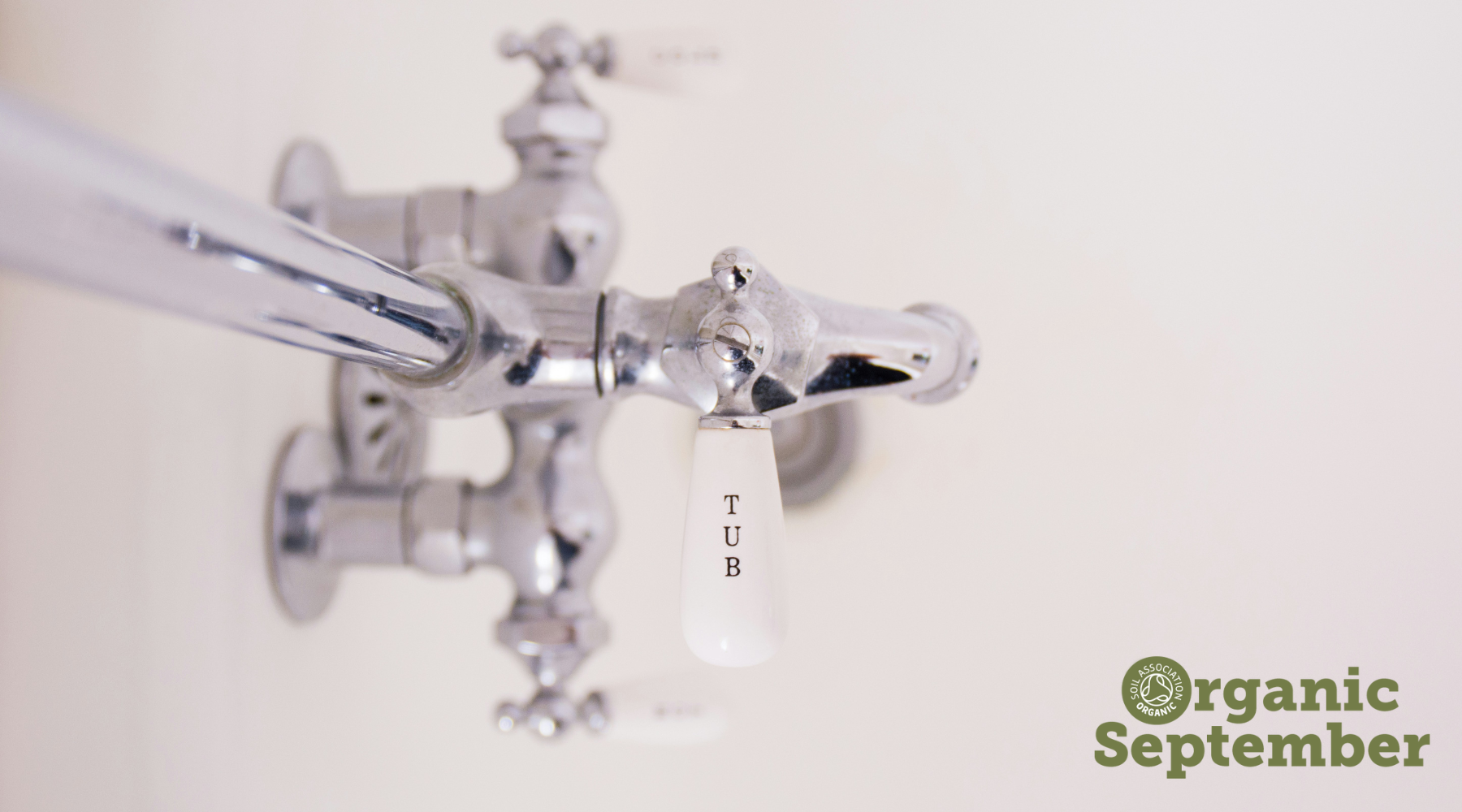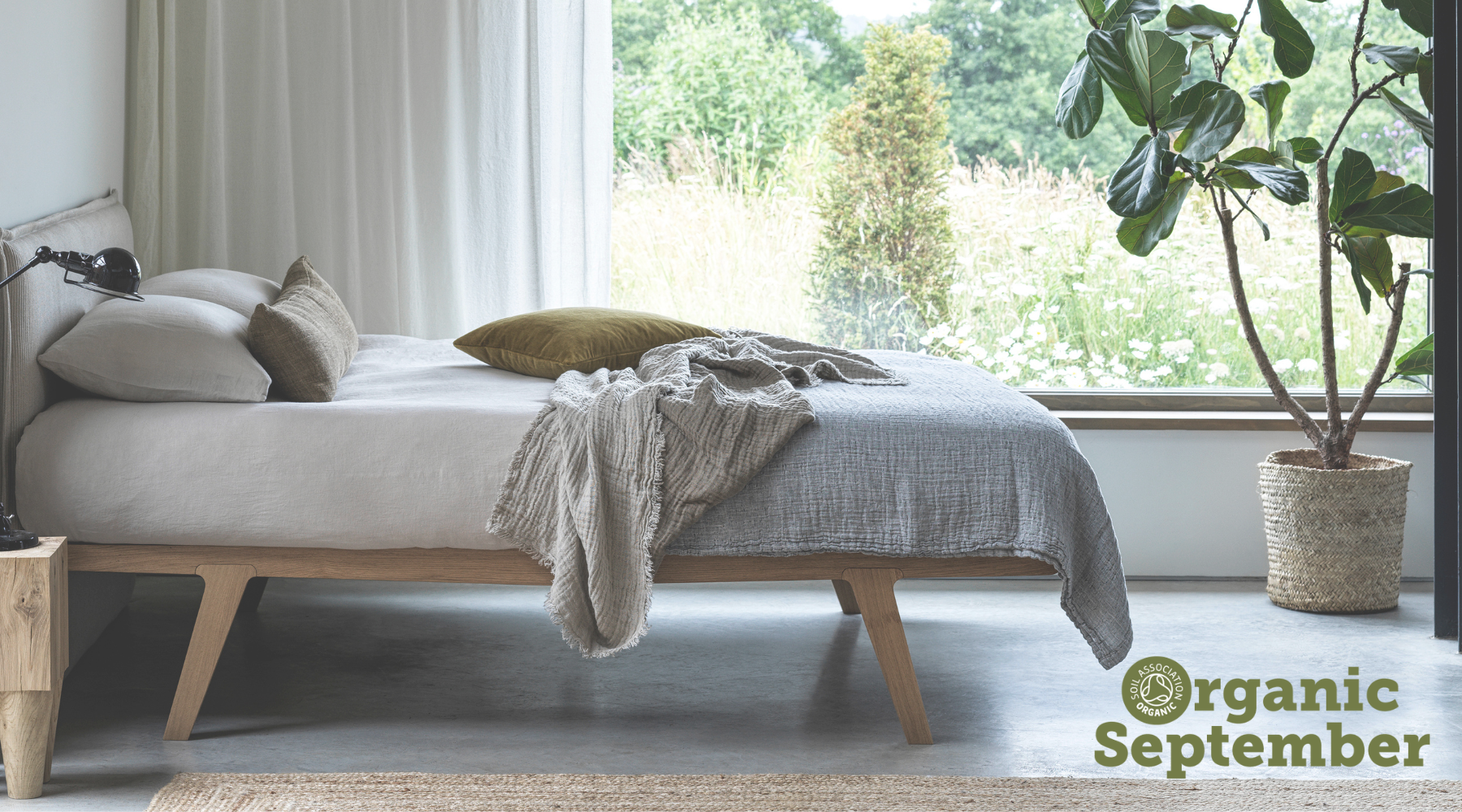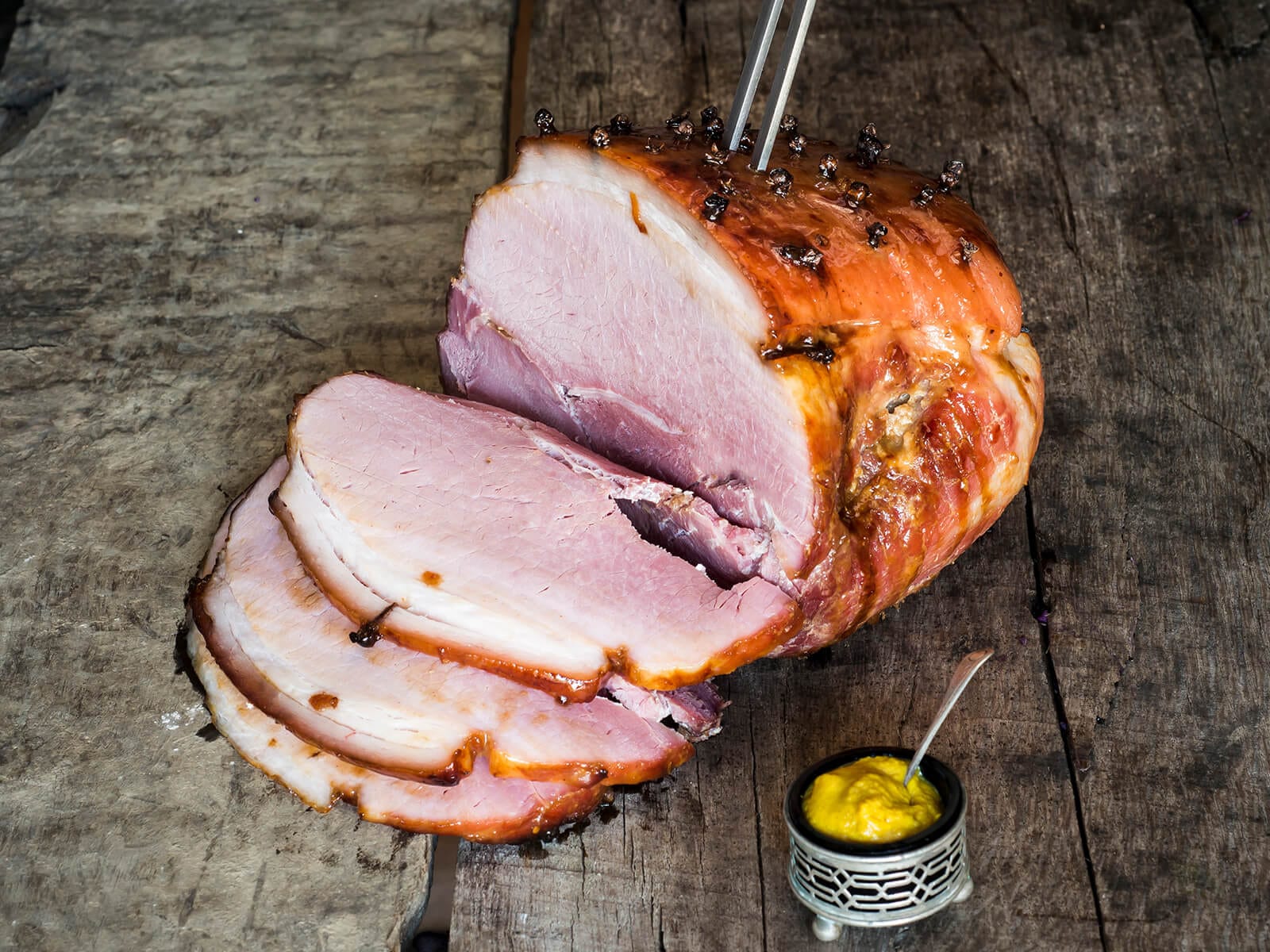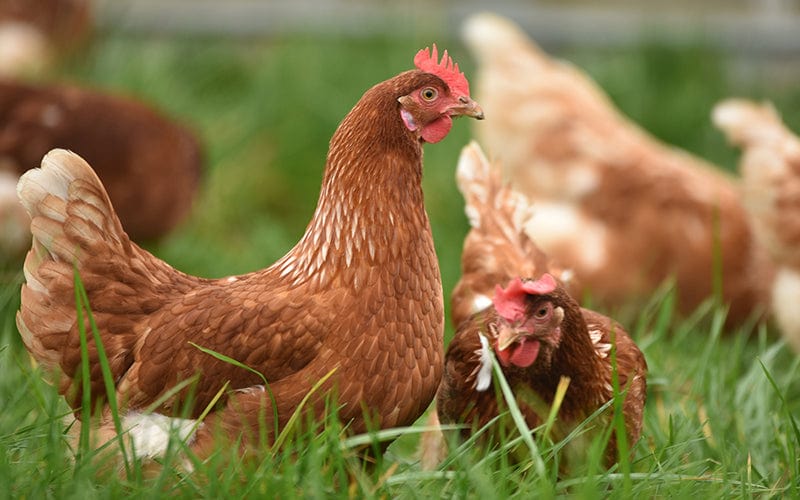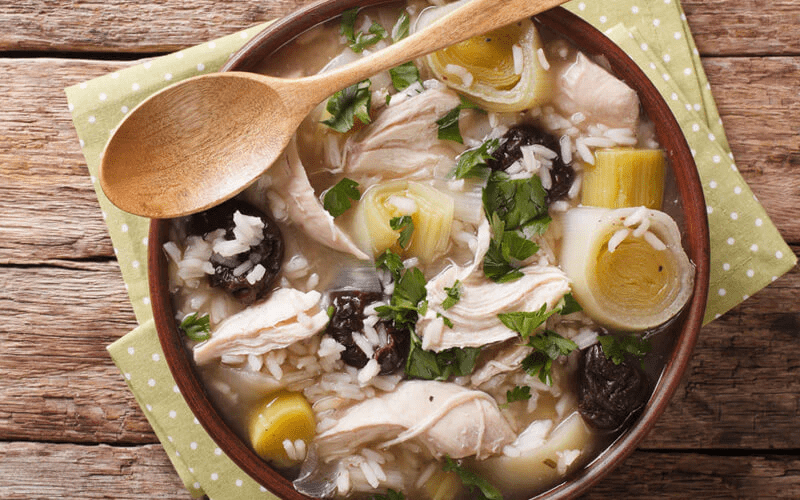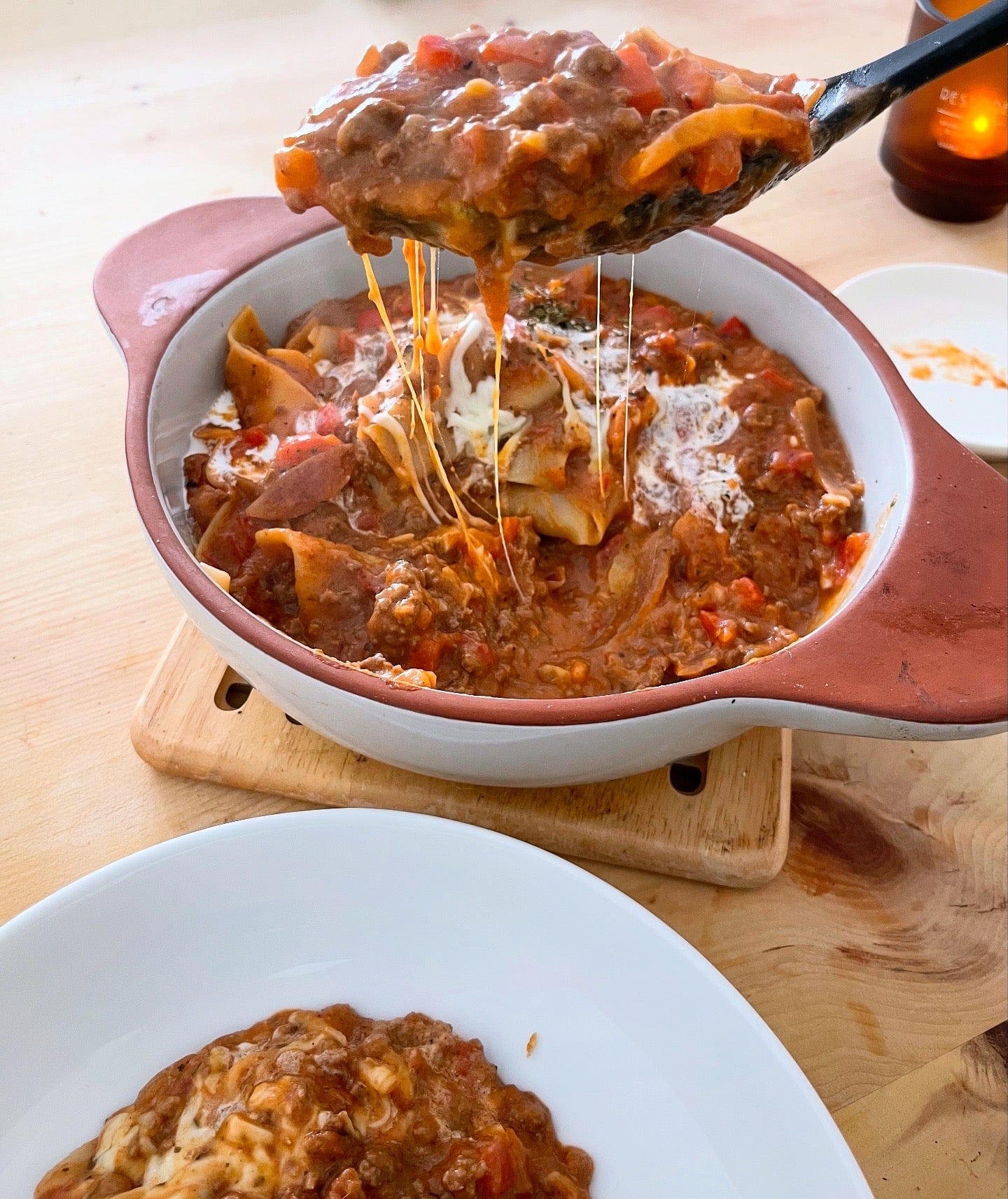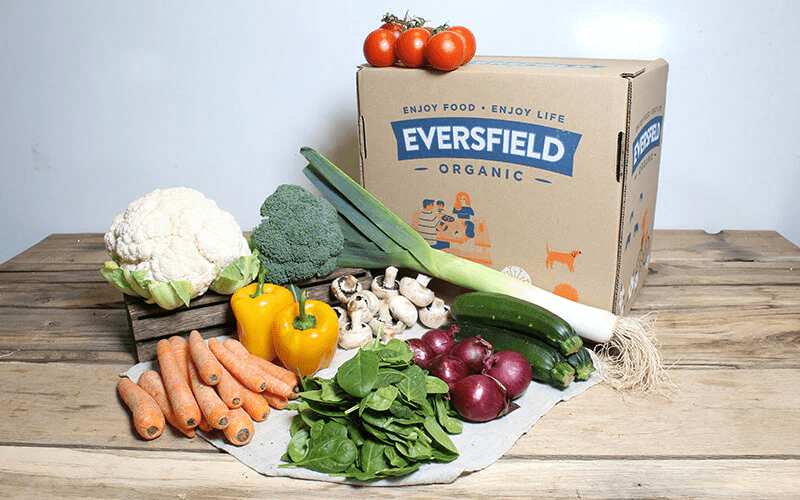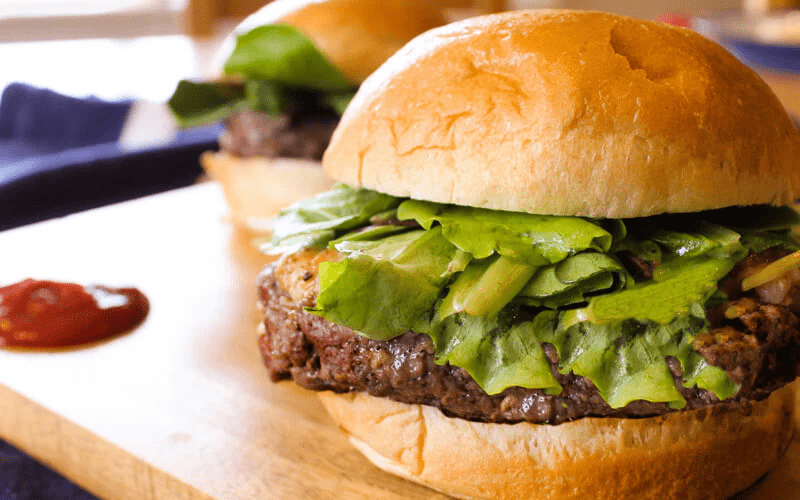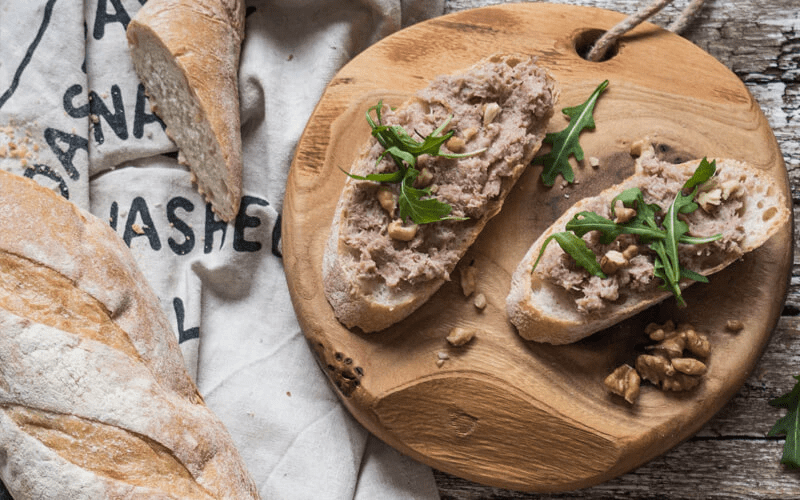An organic kitchen
Continuing our Organic September focus on our homes, we’re taking a look inside the kitchen.
When we think about creating an organic kitchen, it’s natural to start with the food we buy, but embracing organic living in the kitchen goes far beyond what’s on our plates. It’s about crafting a space that’s sustainable, healthy, and kind to the planet in every possible way.
One of the first changes we can make is swapping out harsh chemical cleaners for natural and organic alternatives. We’ve found that DIY cleaning solutions, made from simple ingredients like vinegar, bicarbonate of soda, and essential oils, are not only effective but also incredibly satisfying to create. If DIY isn’t your thing, there are plenty of certified organic and eco-friendly brands out there that offer great alternatives. (See below for our DIY surface cleaner recipe.)

To further reduce the toxic load in our kitchen, we are looking to mimise those known culprits, like plastic.
One of the most visible ways to reduce plastic use in the kitchen is by saying goodbye to single-use items. Instead of reaching for cling film, we now use reusable wraps made from organic cotton and beeswax. They’re perfect for covering leftovers and wrapping sandwiches, and they can be composted at the end of their life. When it comes to storing food, glass containers have replaced plastic bags and Tupperware.

Choosing the right cookware is another key aspect. Not all pans are created equal, and the materials they’re made from can have a significant impact on both our health and the environment. Cast iron, spun iron and stainless steel are great choices. Cast iron pans, when properly seasoned, are naturally non-stick without the need for synthetic coatings, and they can last for generations with a little care. Stainless steel is durable, resistant to rust, and can be a more affordable option. Our favourite companies for quality, durable, and sustainable cookware are Stellar Cookware for a great variety of cast iron and stainless steel options, and Netherton Foundry for their artisanal spun iron range seasoned with organic flax oil.

Netherton Foundry spun iron pan range
We’ve also moved away from plastic utensils and storage containers in favour of more sustainable materials like bamboo, wood, and stainless steel. These alternatives are not only beautiful but also incredibly durable and biodegradable, so there’s no more worrying about chemicals leaching into your food.
An organic ethos places sustainability and reducing waste at the heart of decisions. Make composting a daily habit. Whether you have a garden or not, composting is a great way to reduce what goes to landfill and to enrich the soil if you do have outdoor space. And if you garden, using your compost to grow organic herbs and vegetables completes this cycle.

Reducing energy use in the kitchen can be surprisingly simple with a few mindful adjustments to your daily routines. Just by using lids on pots and pans when cooking, you allow food to cook faster. Also, match the size of your pot or pan to the size of your burner, as using a small pan on a large burner wastes energy. Many small actions add up over time, like boiling only the amount of water you need and unplugging appliances when not in use. Keeping your fridge and freezer well-organised can help reduce the time the door is open and the energy needed to cool it down again. For energy efficiency, not much matches a slow cooker, and it is incredibly convenient for those days when you need a meal ready as soon as you walk in the door.
An organic kitchen isn’t just about stocking solely organic ingredients, but also about supporting local farmers and producers where possible to reduce food miles, contribute to your community, and encourage sustainable farming practices.
____________________________

DIY Citrus Surface Cleaner
Create your own natural and eco-friendly surface cleaner
by using your leftover citrus peelings. Start by filling a glass jar with the peels of oranges, lemons, or both. Pour enough white vinegar into the jar to completely cover the peels. Seal the jar and place it in a cool, dark spot, allowing the mixture to infuse for about two weeks. During this time, the vinegar will draw out the natural oils from the citrus, creating a potent cleaning solution. Once the infusion period is over, strain the vinegar into a clean container, discarding the peels. To make your cleaner, dilute 125ml of the citrus-infused vinegar with 1 litre of water. Pour it into a spray bottle, and your homemade citrus cleaner is ready to tackle surfaces around your home.
Note: Always test on a small, discreet spot before using, and avoid using vinegar-based cleaners on natural stone, stainless steel, or marble.

